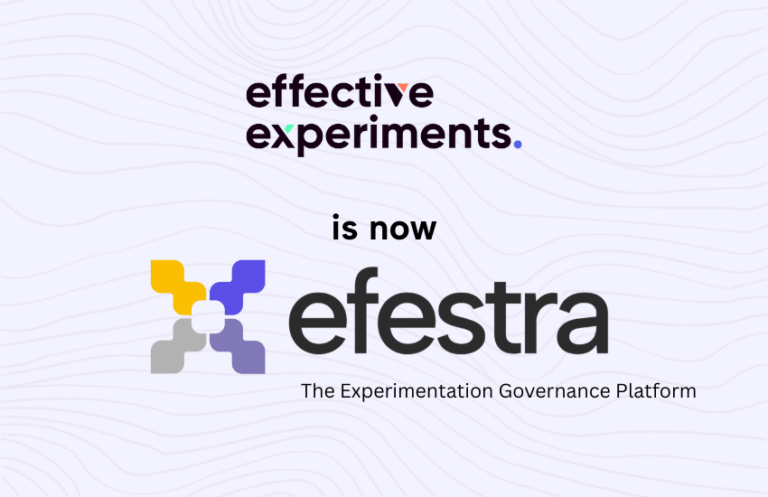New hires are always excited about starting a new job. It’s a new challenge that they want to dive straight into and start showing their value to the business.
Conversion Optimizers who are hired to take over an existing conversion optimization programme are no different. They are keen to demonstrate business ROI through their well thought out strategy and carefully planned experiments.
However, the road to becoming a productive member isn’t a short one and often a lot of time spent in the first few weeks and even months could be dealing with onboarding processes, training and then tackling legacy issues.
This is what is known as the Ramp time – the time it takes an employee to become a productive member of the business.
The standard onboarding process of company policies, meet and greet and training aside, our research has shown that new CRO hires can take 1-2 months to start doing the real work.
Why is this the case?
Legacy issues are to blame.
Conversion optimisers spend their first few weeks and months untangling the work done by their predecessors. They have to piece together the ideas, experiments and research conducted before they had taken over and understand the reasoning behind it.
This involves going through vast spreadsheets, doc files, powerpoint presentations.
It ends up being a huge time suck that extends the ramp time before the new hire can put their own stamp on the business.
But, what if they avoided all of historical data and just started afresh? Wouldn’t that be easier?
It depends. What happens if you create experiments that were already tested before that resulted in unfavourable results? Ignoring that would result in you wasting more time in coming up with unsuccessful tests.
History is the best teacher and going through your predecessors work is an important part of the ramp up process. You learn what works and what doesn’t work and avoid making the same mistakes. After all that’s why we
experiment – to know what works and what doesn’t work.
The traditional setup of storing experiments and learnings in multiple tools like Excel, Trello, Jira and google sheets etc extends the ramp time and slows down the new hire.
With Effective Experiments, we have proven to reduce the ramp time down to days or a couple of weeks at best.

Aurelie Misse had recently joined G-star Raw taking over the CRO programme. As an existing customer of Effective Experiments, Aurelie was able to log right into the platform and access all the learnings of her predecessor within seconds.
If she wanted to learn what historic tests were carried were done on the homepage for a certain type of audience, within a certain time frame, she fires up the Query Engine™
This gives her the answers she is looking for, within seconds. She can review any experiment in as much granular detail as she needs and continue refining her searches as she sees fit.
” Before I joined G-star raw, the last CRO specialist had done a lot of AB-tests. So when I started with my new position I was expecting to be quite overwhelmed by the amount of data and tests on the roadmap.
Thanks to Effective Experiments I had a really good overview of tests that already had been done, tests that were ready to go but also a really good overview of all research insights.
It is extremely useful to have everything in one tool and that this tool also facilitates sharing and collaborating to make my job easier. I am really happy with the support provided by Effective Experiments.”


